March 19, 2013
Japan’s Toyo Ito wins 2013 Pritzker Architecture Prize
 The 2013 Pritzker Architecture Prize, considered architecture’s highest accolade is to go to Toyo Ito, a 71 year old Japanese architect whose work includes the Sendai Mediatheque library in Sendai City, Japan, which withstood the 2011 earthquake, Tokyo’s Tama Art University Library, and London’s 2002 Serpentine Gallery Pavilion. Ito, whose architectural practice is based in Tokyo, said of the award: “Architecture is bound by various social constraints. I have been designing architecture bearing in mind that it would be possible to realize more comfortable spaces if we are freed from all the restrictions even for a little bit.”
The 2013 Pritzker Architecture Prize, considered architecture’s highest accolade is to go to Toyo Ito, a 71 year old Japanese architect whose work includes the Sendai Mediatheque library in Sendai City, Japan, which withstood the 2011 earthquake, Tokyo’s Tama Art University Library, and London’s 2002 Serpentine Gallery Pavilion. Ito, whose architectural practice is based in Tokyo, said of the award: “Architecture is bound by various social constraints. I have been designing architecture bearing in mind that it would be possible to realize more comfortable spaces if we are freed from all the restrictions even for a little bit.”




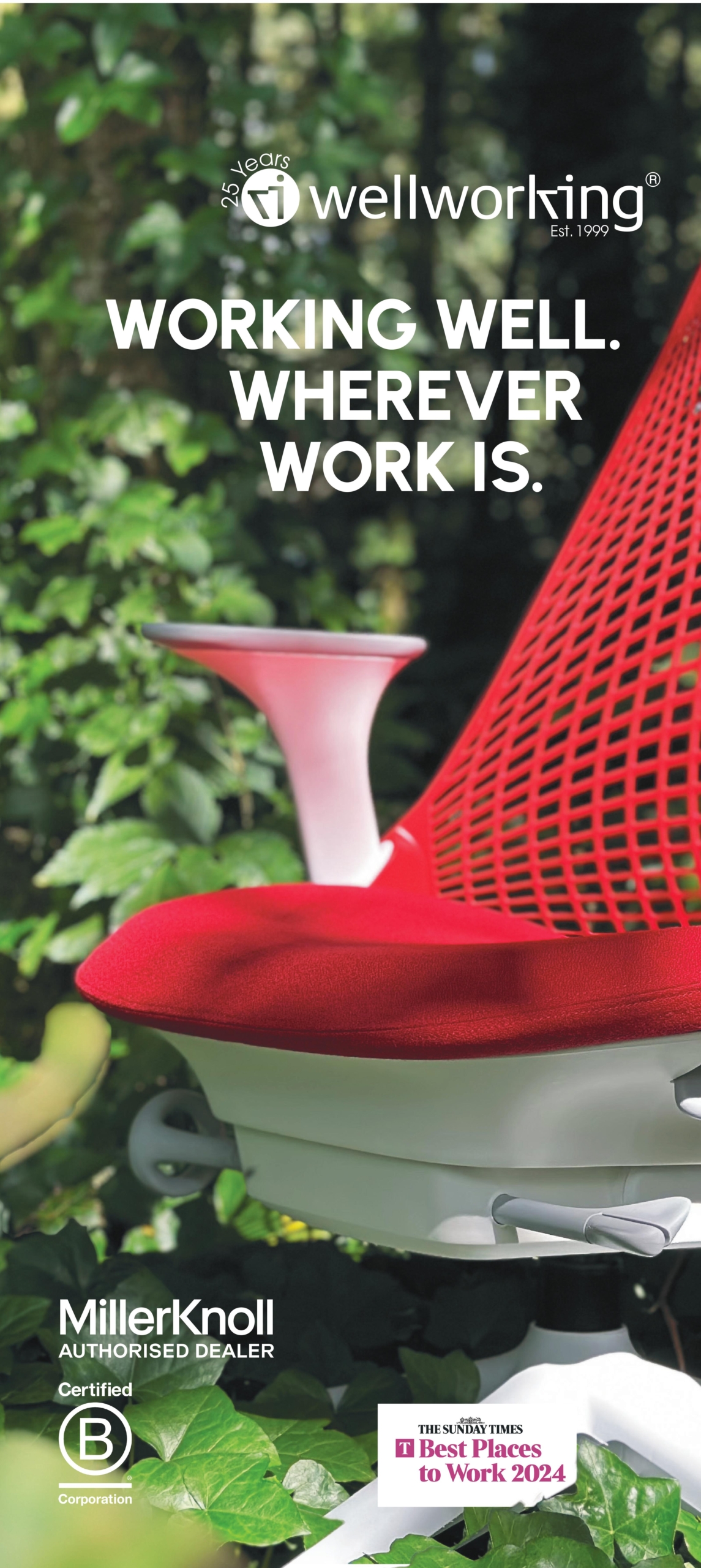

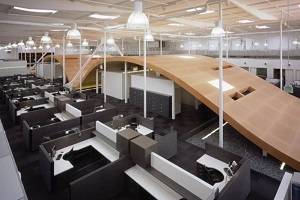

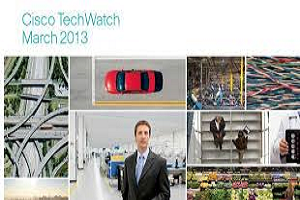










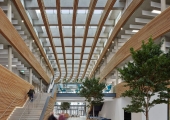
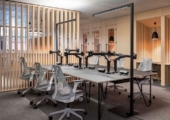


March 15, 2013
Where flexible working employees really want to work? Starbucks.
by Mark Eltringham • Comment, Facilities management, Technology, Workplace
More →